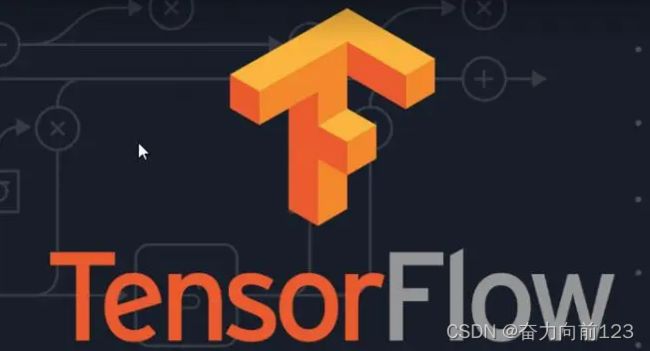tensorflow入门
一、怎样入手TensorFlow
TensorFlow是一个用于机器学习和深度学习的开源框架,它提供了一种灵活的方式来构建和训练神经网络模型。以下是一些TensorFlow框架入门的建议:
学习Python语言:TensorFlow主要使用Python语言进行开发,因此首先需要掌握Python语言的基础知识。
了解机器学习和深度学习:在开始使用TensorFlow之前,需要了解机器学习和深度学习的基本概念和原理。
安装TensorFlow:首先需要安装TensorFlow框架。可以通过Python的包管理工具pip进行安装,安装完成后就可以在Python代码中导入TensorFlow库。
了解TensorFlow的基本概念:TensorFlow中的基本概念包括张量(Tensor)、变量(Variable)、操作(Operation)等。需要了解这些概念的基本用法和操作。
了解TensorFlow的计算图:TensorFlow的计算图是一种用于描述计算过程的高级抽象。通过计算图,可以更容易地构建和调试神经网络模型。
了解TensorFlow的API:TensorFlow提供了丰富的API,包括用于构建神经网络的API、用于训练模型的API等。需要了解这些API的基本用法和参数。
二、python使用TensorFlow
import tensorflow as tf
# 加载数据集
(train_images, train_labels), (test_images, test_labels) = tf.keras.datasets.mnist.load_data()
# 对数据进行归一化处理
train_images = train_images / 255.0
test_images = test_images / 255.0
# 构建模型
model = tf.keras.Sequential([
tf.keras.layers.Flatten(input_shape=(28, 28)),
tf.keras.layers.Dense(128, activation='relu'),
tf.keras.layers.Dense(10)
])
# 编译模型
model.compile(optimizer='adam',
loss=tf.keras.losses.SparseCategoricalCrossentropy(from_logits=True),
metrics=['accuracy'])
# 训练模型
model.fit(train_images, train_labels, epochs=10)
# 评估模型
test_loss, test_acc = model.evaluate(test_images, test_labels, verbose=2)
print('Test accuracy:', test_acc)三、TensorFlow 常用接口
导入 TensorFlow:
import tensorflow as tf
定义模型架构:
model = tf.keras.Sequential([
tf.keras.layers.Dense(64, activation='relu', input_shape=(784,)),
tf.keras.layers.Dense(10, activation='softmax')
])
编译模型:
model.compile(optimizer='adam',
loss=tf.keras.losses.SparseCategoricalCrossentropy(from_logits=True),
metrics=['accuracy'])
加载数据集:
(train_images, train_labels), (test_images, test_labels) = tf.keras.datasets.mnist.load_data()
训练模型:
model.fit(train_images, train_labels, epochs=10)
评估模型:
test_loss, test_acc = model.evaluate(test_images, test_labels, verbose=2)
print('Test accuracy:', test_acc)
预测新数据:
predictions = model.predict(test_images)
保存模型:
model.save('my_model')
加载已保存的模型:
loaded_model = tf.keras.models.load_model('my_model')
